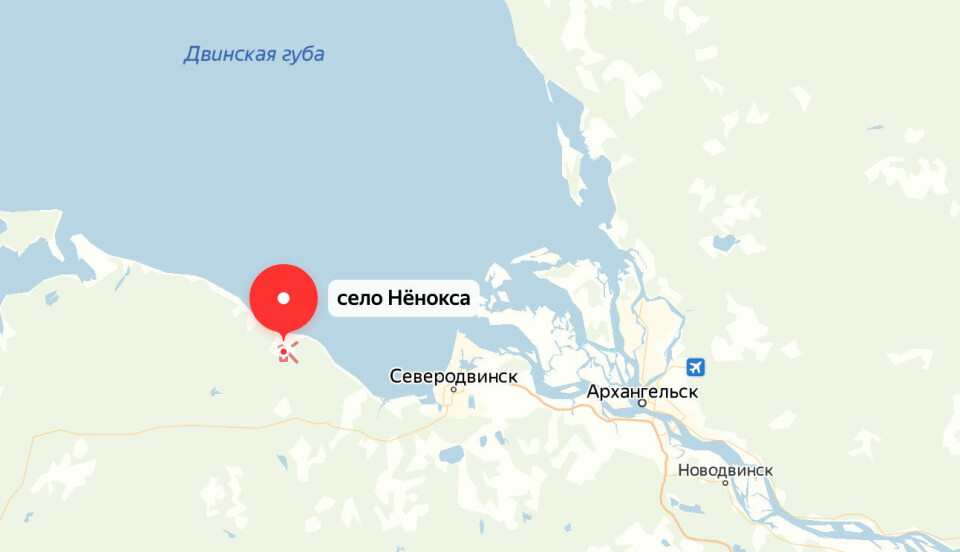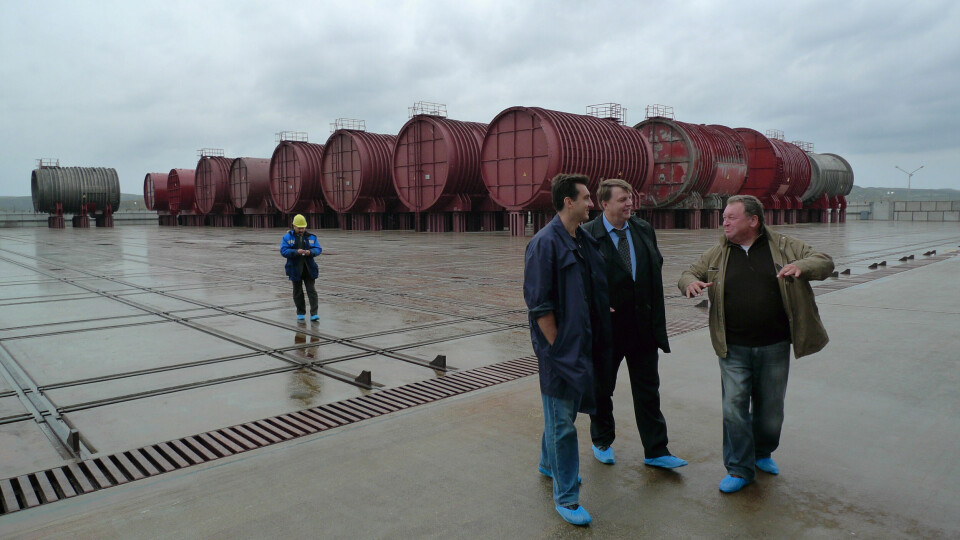
Barges from Nenoksa accident end up at Kola radioactive scrap site
Unclear if the barges hold the damaged small-size reactor or isotope source.
SevRAO, the northern branch of Russia’s state enterprise for radioactive waste management, has given the job to the Murmansk-based Small Shipping Company, information published on the government’s procurement site informs, Severodvinsk TV informs.
The contract includes two barges and news agency Interfax confirms that the barges in question are the two that were involved in the explosion near Severodvinsk this summer.
It is still a mystery what happened when the explosion caused a short radiation increase in the city of Severodvinsk some 25 kilometres to the southeast from Nenoksa. The barges were four kilometres out in the White Sea at the time of explosion and it is widely believed the accident happened during recovery of a nuclear-powered missile that had landed in the sea.

According to the SevRAO documents, the towing of the barges were supposed to take place before October 10th.
Saida Bay on the Kola Peninsula is the central handling and storage site for radioactive waste and reactor compartments from submarines and icebreakers.
No information is given in regards to whether the small-size missile reactor or other isotope sources where on board one of the barges during the towing or the levels of radiation of the wreaked metals and equipment.
Previous video-recordings from the area near the barge on the beach of the White Sea showed radiation was still an issue, weeks after the explosion.
In September, Region29 news site showed video of a helicopter lifting of a large metal container from the barge to onshore.
Four people dressed in special clothes remove materials from one of the two barges that have been abandoned on site following last month’s nuclear accident. The container could hold the small-size reactor, while what now has been towed to Saida Bay is only radioactive contaminated scrap on the barges. The barges are also most likely radioactive contaminated.
Five Rosatom employees and two military personnel lost their life in the explosion.

















